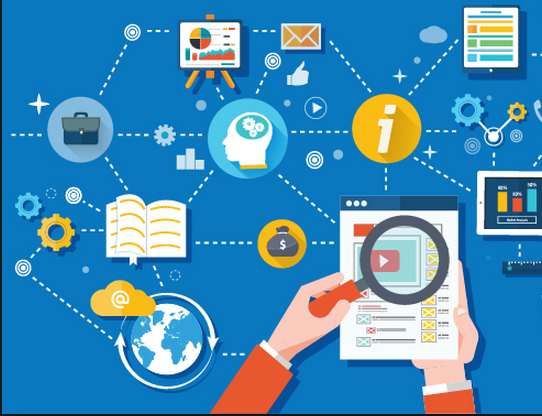
Blockchain has been mentioned by virtually all research firms as a rapidly accelerating evolution in technology, and it’s not just about financial services companies. For some experts, the Blockchain is even bigger deal than the Internet itself.
So far, there is an extended thought spread around the world that thinks the Blockchain is just the technology behind the Bitcoin. Indeed, it is, but the blockchain is much more than that and their applications go much further than power all cryptocurrencies out there.
In fact, this one-of-a-kind Distributed Ledger Technology has been gaining enormous attention in areas beyond its cryptocurrency roots since more or less 2014: blockchain and security, blockchain and finance or blockchain and logistics are only a few of its uncharted uses.
An announced alliance: Blockchain and Internet of Things
One of the relationships that is gaining ground lately is how the blockchain can (and it probably will) empower the growing Internet Of Things technology.
Actually, the convergence of blockchain and the Internet of Things is on the agenda for many companies and there are existing implementations, solutions and initiatives in several areas, outside of IoT and financial services too.
According to an article by i-scoop, Internet of Things applications are by definition distributed so it’s only normal that the distributed ledger technology, which blockchain is, will play a role in how devices will communicate directly between each other. That is keeping a ledger and thus trail of not just devices but also how they interact and, potentially, in which state they are and how they are ‘handled’ in the case of tagged goods.
Besides, Blockchain is designed as a basis for applications that involve transaction and interactions. These can include smart contracts or other smart applications that support specific Internet of Things processes.
The IoT devices will speak through smart contracts
This way blockchain technology can improve not just compliance in the IoT but also IoT features and cost-efficiency.
This already named alliance has been overseen by IBM Blockchain. Although it is still in the early days, many tech giants have started to research how blockchain can help the IoT and, of course, the other way around.
For IBM Blockchain, the most interesting will be the combination of AI, IoT and blockchain across industries and in myriad possible IoT applications.
“With blockchain we are pretty much adding to the changing digital infrastructure that powers so many evolutions and impacts so many areas, from analytics to security, in an environment that thus far was centralized.” said from IBM.
The company sums up three key benefits of using blockchain for IoT.
-
Build Trust between parties and devices and reducing risk of collusion and tempering;
-
Reduce Costs by removing overhead associated with middlemen and intermediaries;
-
and Accelerate Transactions reducing settlement time from days to near instantaneous.
Those just to name a few.
The IoT savior
However there are many challenges to solve related to this special relationship, specially on technology and future legal issues in the international matter, many experts have seen the Blockchain as the IoT savior.
In fact, Blockchain technology is able to sort out many of these challenges as they have been tested already in other areas.
Blockchain technology could provide a simple infrastructure for two devices to directly transfer a piece of property such as money or data between one another with a secured and reliable time-stamped contractual handshake. To enable message exchanges, IoT devices will leverage smart contracts which then model the agreement between the two parties.
This feature enables the autonomous functioning of smart devices without the need for centralized authority. If you then extend this peer-to-peer transaction to human to human or human to objects/platforms, you end up with a fully distributed trustworthy digital infrastructure.
Although all of these possible applications are still in the early days of development. There are already some ideas for the companies to start with. We just need to think back a few years ago, the IoT were just a might-happen technology. Now, they are already talking about how secure, recorded and monitored can be the communications between objects.
Thanks, of course, to the blockchain.

Maria Fonseca is the Editor and Infographic Artist for IntelligentHQ. She is also a thought leader writing about social innovation, sharing economy, social business, and the commons. Aside her work for IntelligentHQ, Maria Fonseca is a visual artist and filmmaker that has exhibited widely in international events such as Manifesta 5, Sao Paulo Biennial, Photo Espana, Moderna Museet in Stockholm, Joshibi University and many others. She concluded her PhD on essayistic filmmaking , taken at University of Westminster in London and is preparing her post doc that will explore the links between creativity and the sharing economy.



























